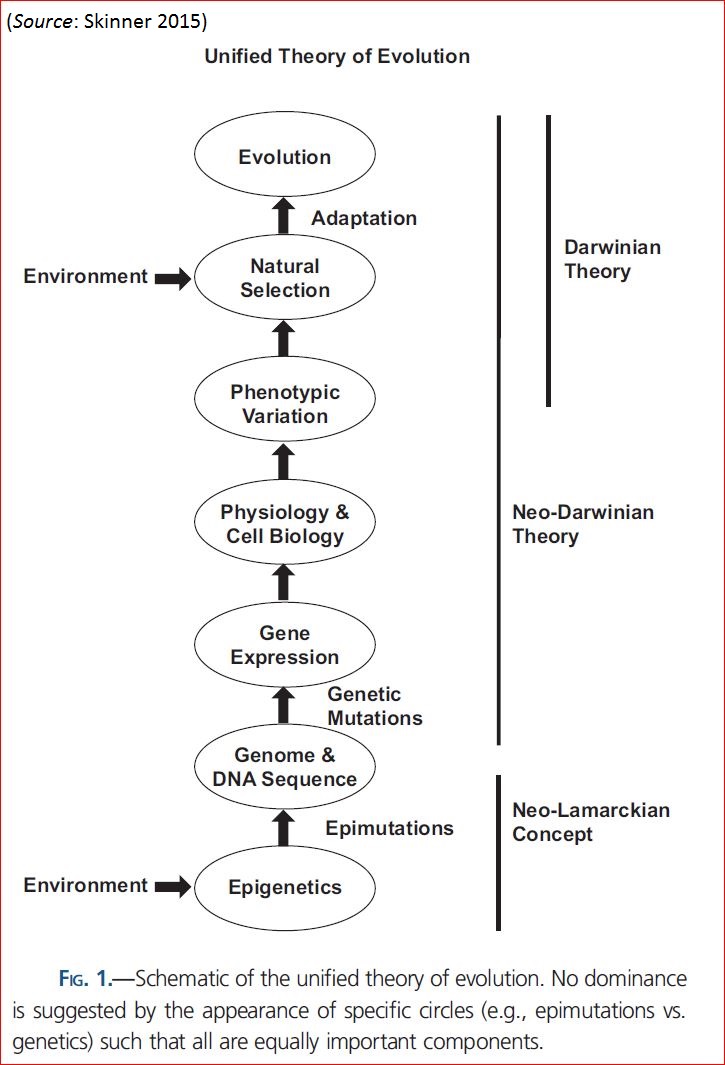See how the topics fit together
What are gaps?
Gaps in Prenatal Environments

Many prenatal factors that effect how a child develops in the womb also can contribute to [predisposition and ability to learn and read.] Poverty has a strong correlation to low birth-weight [cite] What scientists are discovering is that
Related Commentary
Explore this gap
Life Gaps
Without intervention, children born into poverty have higher rates of (i) behavioral misconduct, (ii) arrests and incarceration, (iii) truancy, (iv) high-school drop-out, (v) health isses; and lower rates of (i) number of words heard by age three, (ii) at-or-above-average test scores at kindergarten, 4th grade [9th grade], and college and graduate/professional school entrance. Study findings support the “hypothesis of social stratification of genotypes” with a “gene-environment correlation:
Research Gaps
We are at the beginning edge of a burgeoning intersection area for genetics and social science. Some scientists take the view that in gene-environment research, it is not the environment that reflects genetic effects, but that due to “population stratification” these measured behavioral trait genes “may be acting as proxies for social environments” [Conley, 2012, p. 111] “genes shape not just behavior, but also
Cost-Benefit Considerations
USGAO – how much the U.S. spends on prenatal care, neonatal care
Institute of Medicine Study – how much prenatal care can save in later medical costs from complicated pregnancies and deliveries and neonatal care; costs and benefits of enrolling high-risk low-income women in prenatal care programs
National Commission to Prevent Infant Mortality –
Institute for Women’s Policy Research –
Individuals and Organizations
Resources
See this Gap

Similar Charts
-
Legend One
-
Legend Two
-
Legend Three
-
Legend One
-
Legend Two
-
Legend Three

